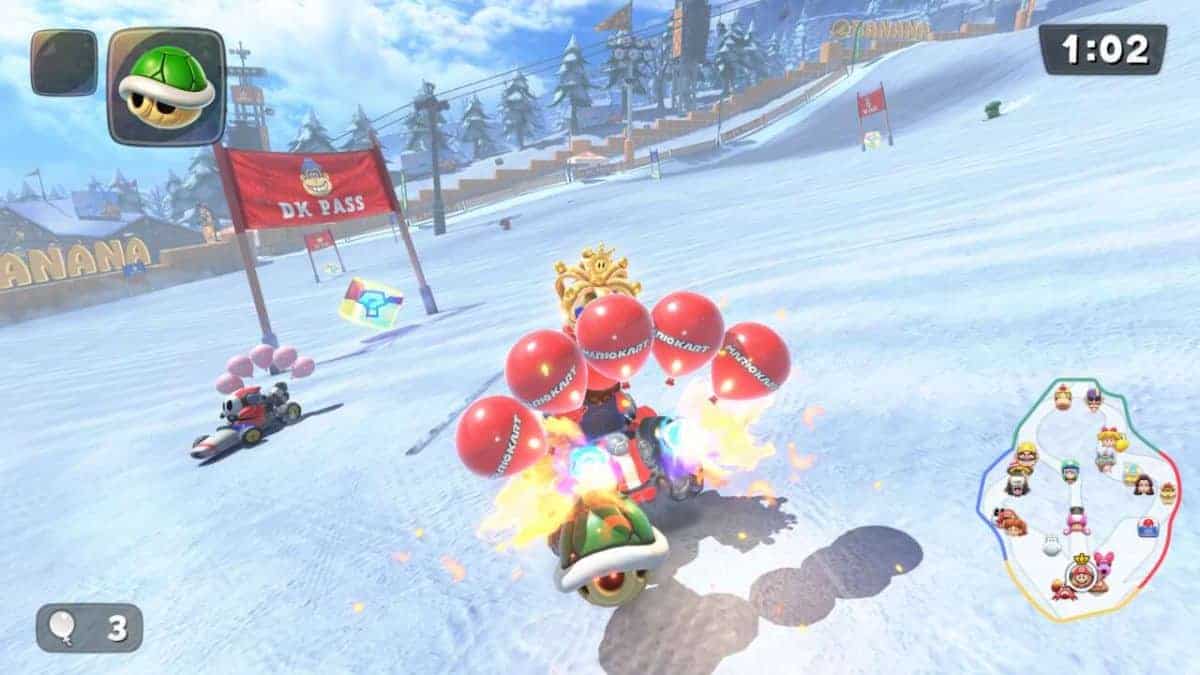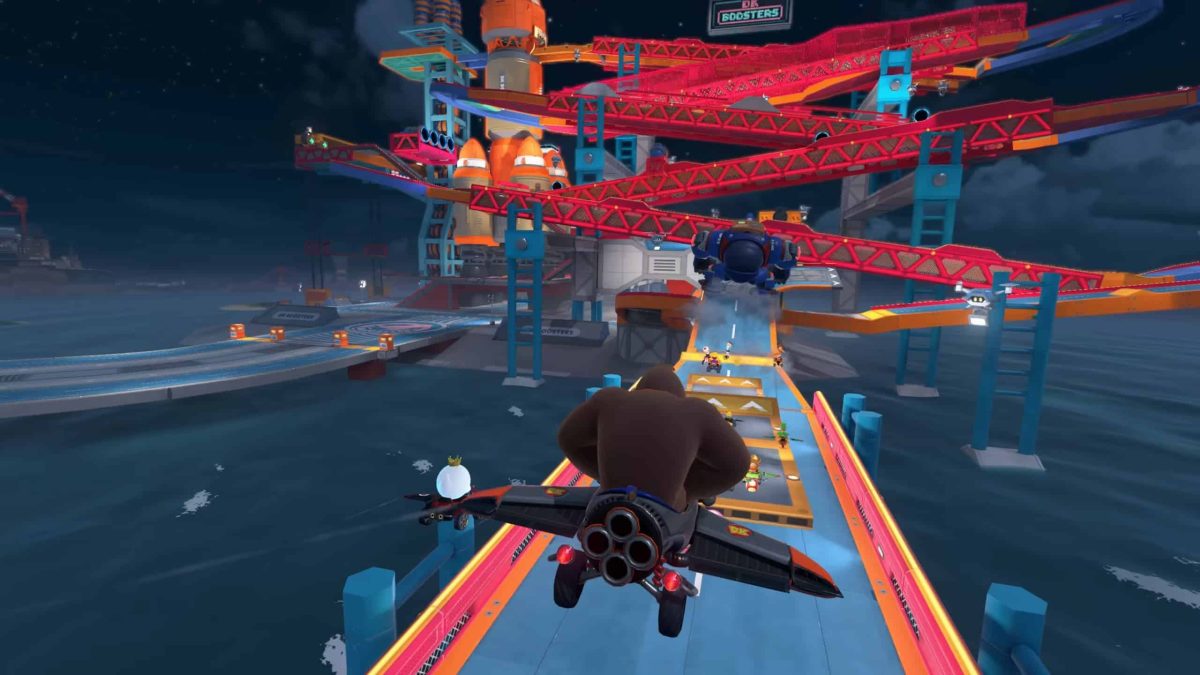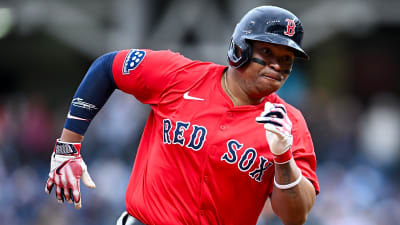
Before the Nintendo Switch 2 reveal, most fans would have dismissed the idea of a Mario Kart 8 sequel as unnecessary. Yet, the arrival of Mario Kart World has fans excited, with its release slated for June 5. The original 2014 game had dominated sales charts for a decade, defying expectations in an era where live-service updates often replace full sequels. That said, Nintendo still decided to invest in a sequel, but why, when it could simply update the existing game indefinitely?
Nintendo Plans Development of Mario Kart Sequel
According to the newly released developer notes for Mario Kart World, Nintendo confirmed it had been quietly planning a follow-up for years. While fans assumed the company had gone complacent, it had begun brainstorming ideas about the next game during the development of Mario Kart 8 Deluxe, with active work starting as early as March 2017. As revealed by this long-term strategy, the next entry’s development aligns with the eventual launch of the Switch 2.
Additionally, fans have speculated about the endless updates surrounding a Mario Kart sequel. Meanwhile, Nintendo opted to evolve the franchise behind the scenes, ensuring its next racing title meets both technical and creative ambitions. Even when Nintendo reigns supreme in the gaming world, its development of Mario Kart World highlights the company’s preference for innovation over reliance on legacy success.
Origins of Mario Kart World

Rather than passively profit from Mario Kart 8’s enduring success, Nintendo had secretly been developing Mario Kart World for the original Switch. During the game’s long-term process, the company released Booster Course Packs, incremental updates designed to maintain player engagement. This move presented the creative team with an opportunity to tackle the complexities of reimagining the franchise, buying time until the next racing game arrived.
The production of Mario Kart World would take nearly a decade to complete, as surpassing the most successful entry in the series proved daunting. According to Kosuke Yabuki, producer of Mario Kart, the traditional formula of isolated racecourses was refined, leaving little room for iteration. Ultimately, the team boldly shifted to design a seamless open world where players navigate interconnected environments. However, taking this approach proves risky, as it departs from the series’ well-known track-based structure.
Nintendo didn’t believe that merely adding new courses or characters in Mario Kart World would be enough to keep fans interested, as it would have fallen short of their expectations. If the company had decided to provide incremental improvements from the previous game, the sequel would have adopted a straightforward title like Mario Kart 9. So, instead of taking this approach with gradual changes to make the new game stand out, the studio opted for a transformative vision, prioritizing innovation over familiarity. Whether this gamble will be an utter failure for the company or a chance to redefine the racing genre it helped pioneer remains to be seen.
Beloved Racing Franchise Adapts to Open-World Gameplay

When Yabuki elaborated on the team’s vision, he noted that earlier Mario Kart titles followed a linear structure, with players progressing from one isolated course to the next. However, with modern technology, Nintendo has an opportunity to have a more cohesive experience, seamlessly connecting courses within a single, expansive world. Ultimately, the creation of Mario Kart World was driven by this ambition, which aims to reimagine the series’ core design while preserving its accessible appeal.
Building on this vision, Nintendo faced another hurdle with the gaming industry’s widespread embrace of open-world formats. With studios across the genre reinventing franchises with sprawling environments, the team is left to grapple with this critical question. How could they bring the open-world element to Mario Kart World without losing its identity? Behind the scenes, they had Mario Kart 8‘s record-breaking success looming over their heads, intensifying the pressure to top it with their next game.
However, developers struggled to move away from familiar patterns, catching themselves referencing past decisions with phrases like, “That’s how we did it last time.” According to programming director Kenta Sato, players might resist drastic changes, as this tension between innovation and tradition extends to gameplay adjustments. For Mario Kart World to be embraced, they had to strike a balance that became paramount, introducing fresh mechanics without alienating long-time fans.
More must-reads:
- Report: Steelers eyeing notable QB as they wait for Aaron Rodgers
- Josh Hart shares one change he wants Knicks to make in Game 3
- The 'NFL QBs with the most rushing touchdowns in a single season' quiz
Breaking News
Trending News
Customize Your Newsletter
 +
+
Get the latest news and rumors, customized to your favorite sports and teams. Emailed daily. Always free!








